 We’ve all heard about the recent declines in cable subscriptions as of late and the digerati are breathlessly declaring this to be the ear of “cord-cutting”. The real test of the cord-cutting phenomena will be once (or if) the economy ever picks up. As stated:
We’ve all heard about the recent declines in cable subscriptions as of late and the digerati are breathlessly declaring this to be the ear of “cord-cutting”. The real test of the cord-cutting phenomena will be once (or if) the economy ever picks up. As stated:
Neil Smit, president of Comcast Cable, acknowledged in a recent call with investors that some customers had dropped cable for free signals. Company executives also said they expected business to rebound with the economy.
That may very well happen.
Thus far, despite all the brou-hah-hah, the relative number of cord-cutters has been small and it has mostly been low-margin customers, the type of customers cable companies don’t want anyway.
You could reasonably assign those customer losses to the crappy economy and anticipate customer increases once things get better. If that happens, then “cord-cutting” has been a fad. But if the downward trend in customer subs (or the upward trend in cord-cutting) continues when (or again… if) housing and/or employment picks up, then the cable industry is in trouble.
I’m a fan of the cord-cutting movement (as a cord-cutter myself), but I’m skeptical about how real this trend is in the mainstream.
There are a number of wild-cards out there besides just the economy. For example, high-profile channels like HBO start making their own moves could nudge cord-cutting from fad to trend:
(Time Warner Inc. Chief Executive Jeff) Bewkes has suggested recently that HBO could be sold directly to consumers on the Web.
HBO going online is a big WOW.
Also, the big question is of course sports, and how/if you’ll be able to access outside of a cable subscription.
The question ultimately comes down to money. Yes, Netflix may have almost 17 million subscribers, but under its current deal Starz, a key supplier of content to Netflix, makes only 15 cents a subscriber, compared to the $2/subscriber it makes off of cable companies.
Until content owners and distributers start making that kind of coin, marquee content will remain elusive on cord-cut TVs, which may squash the cord-cutting revolution.


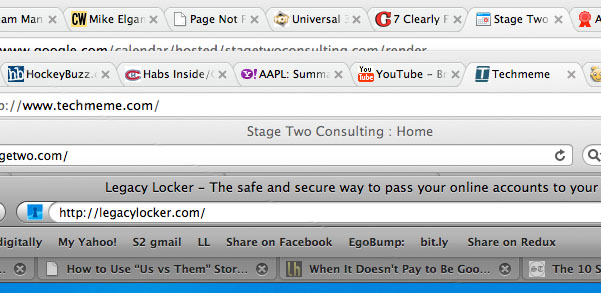
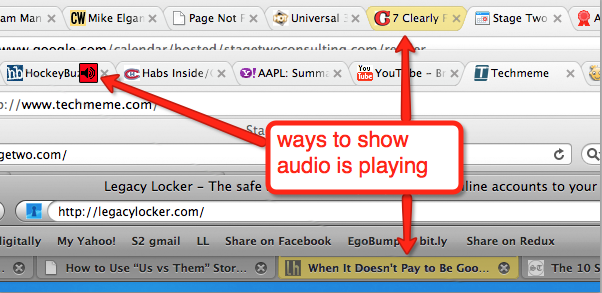


 Sound like a schmuck. Per the above point, you never know who is going to see the words you write. Your “witty banter” with an old high school friend on Facebook might not sound so clever to a potential employer. I’ll be the first to admit that I am a cynic and an outspoken one, and I am certain this colors peoples’ opinions of me. But I also do my best to sound objective and educated about whatever topics I’m talking about. While I’m sure I’ve tweeted things I shouldn’t have, or left comments on blogs that could be misconstrued, I generally make a concerted effort to consider my commentary and how it would be interpreted by a complete stranger (though I could still use improvement myself).Why shouldn’t you do this? Your words will come back to haunt you – how about just not saying them in the first place?
Sound like a schmuck. Per the above point, you never know who is going to see the words you write. Your “witty banter” with an old high school friend on Facebook might not sound so clever to a potential employer. I’ll be the first to admit that I am a cynic and an outspoken one, and I am certain this colors peoples’ opinions of me. But I also do my best to sound objective and educated about whatever topics I’m talking about. While I’m sure I’ve tweeted things I shouldn’t have, or left comments on blogs that could be misconstrued, I generally make a concerted effort to consider my commentary and how it would be interpreted by a complete stranger (though I could still use improvement myself).Why shouldn’t you do this? Your words will come back to haunt you – how about just not saying them in the first place?



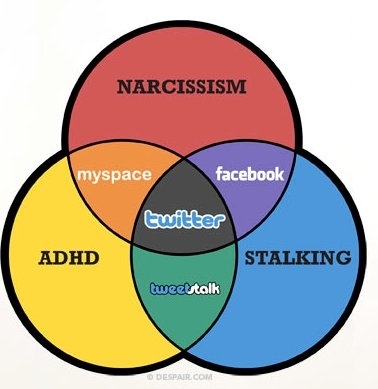

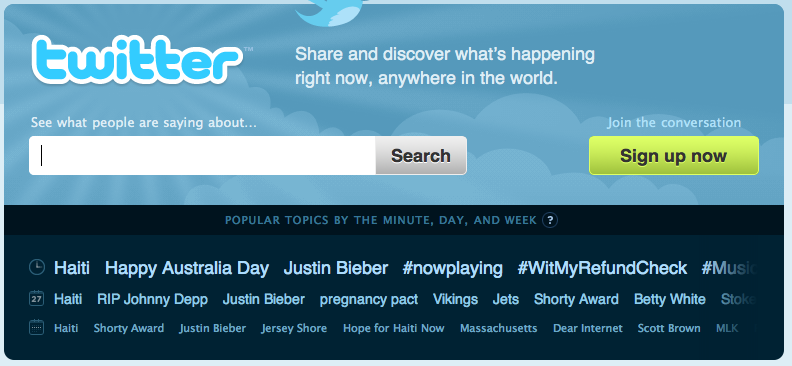


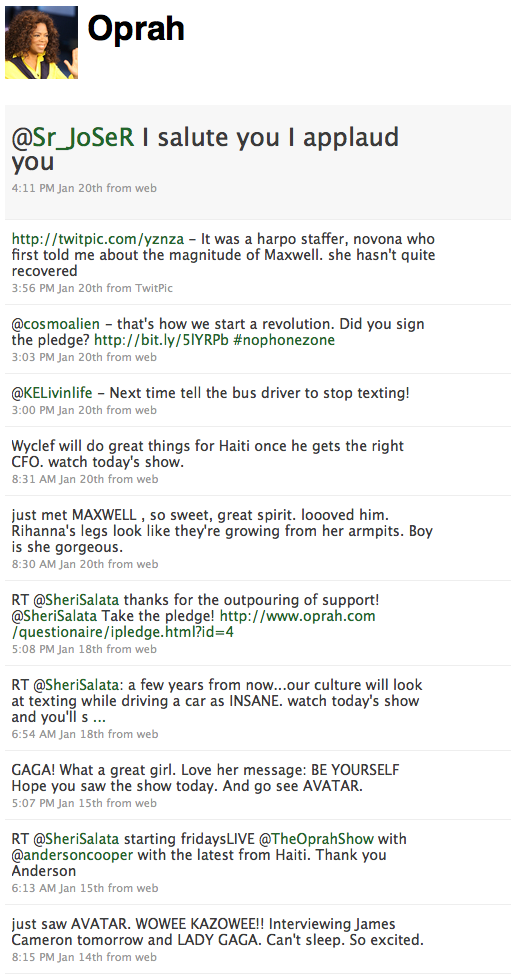
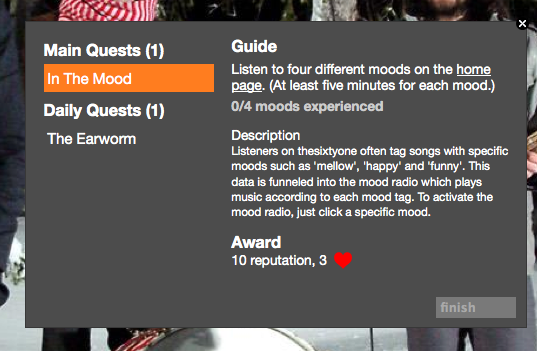
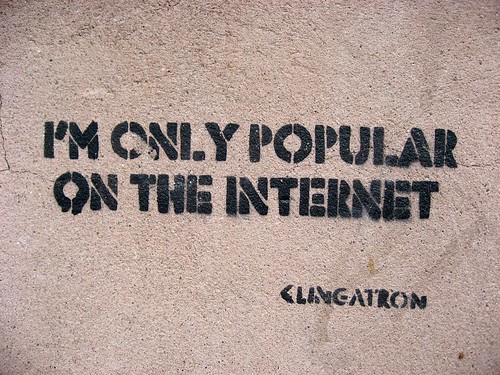 Twitter Lists are all the rage. The shiny new object. The hot new thing. For at least the next day or so… They’re a practical way to manage people you follow, and, of course, yet another mechanism to drive one’s ego and other forms of self-indulgence. Especially since they aren’t even open to all
Twitter Lists are all the rage. The shiny new object. The hot new thing. For at least the next day or so… They’re a practical way to manage people you follow, and, of course, yet another mechanism to drive one’s ego and other forms of self-indulgence. Especially since they aren’t even open to all